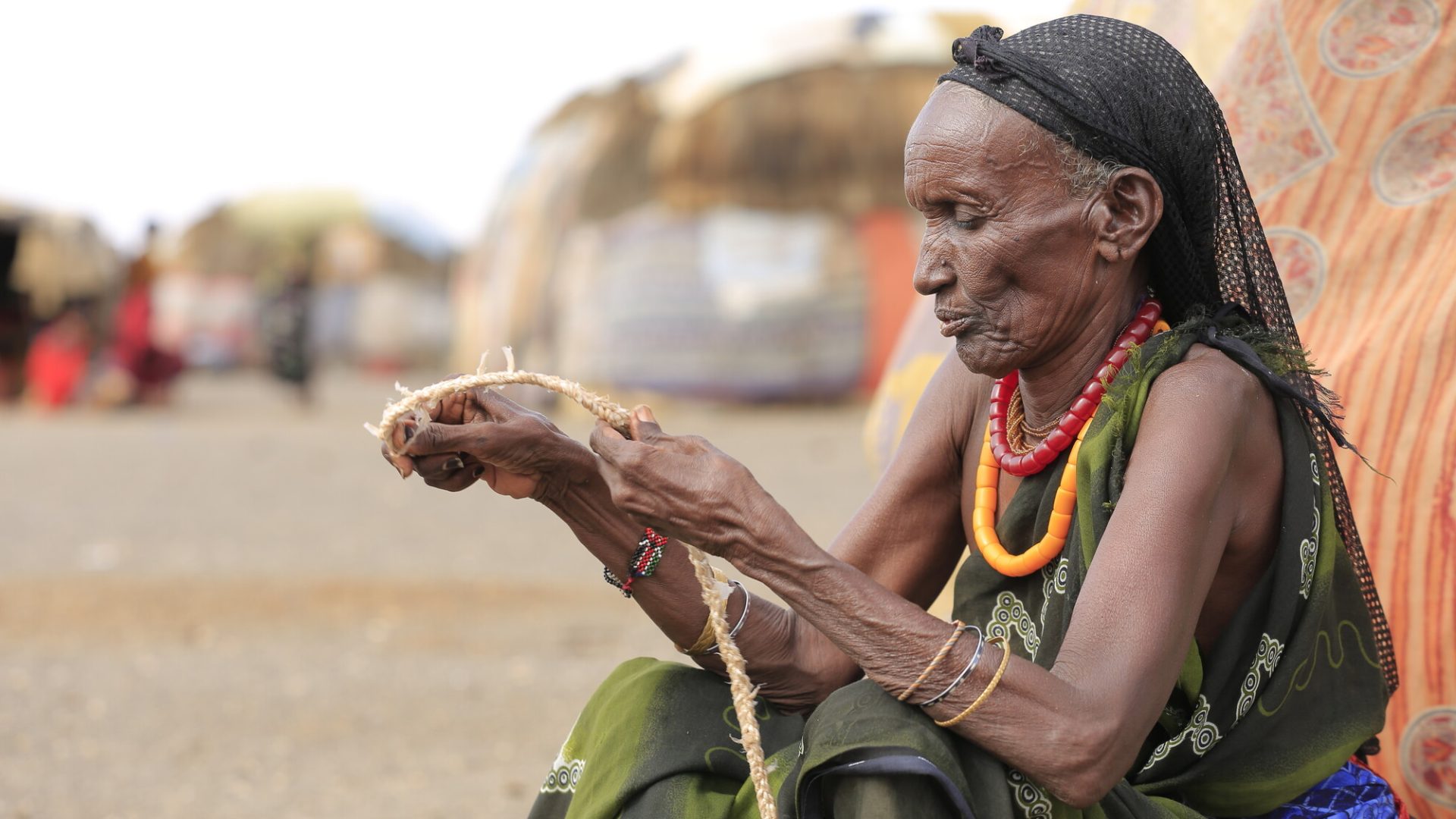An analysis of the US$ 5.7 billion of aid spent on gender equality projects has revealed that only 0.1% directly includes older women – who represent a significant proportion of the global female population.
A new report by HelpAge International has revealed that out of 7,231 gender equality projects, only 16 included any reference to older women. These projects received a mere US$7.8 million investment, out of a total global spend of 5.7 billion dollars.
Nearly two-thirds of the donors reviewed did not fund any projects that explicitly included older women.
“We simply cannot speak of gender equality when one quarter of the world’s women is being left in the shadows,” said Cherian Mathews, Chief Executive of HelpAge International.
“When you look at the numbers, you cannot help but feel a sense of urgency. After facing a lifetime of inequality, older women are suffering the final indignity of continued exclusion. With a growing older population worldwide, the majority of whom are women, now is the time we should be investing in older women’s dignity, rights, and opportunities.”
Women over 50 make up 27% of the global female population, a figure that is expected to rise to 35% by 2050. Yet, they remain largely invisible in gender equality initiatives.
Discrimination across a lifetime
Many women face lifelong discrimination, leaving them poorer, in worse health, and less able to cope with crises as they age. Older women are twice as likely as men to live alone and suffer higher levels of poverty at all ages, with the widest gap coming in older age. These challenges are most severe in low- and middle-income countries, where the capacity to provide support is lowest.
Missed opportunities for inclusion
Gender equality programmes hold tremendous potential to lift women out of poverty and promote opportunities, yet they are failing to reach older women. Where older women are referenced, the mentions are often vague and lack concrete follow-up actions.
Recommendations for action
The report calls on donors and international agencies to address the imbalance by strengthening the focus on older women in policies and programming. They must ensure older women are included in gender equality programmes and should make a concerted effort to drive and track their inclusion.
A growing concern
“As the global population ages, the number of older women is set to increase rapidly, particularly in low- and middle-income countries,” said Cherian Mathews. “The time to act is now and donors must do more to include older women in the global aid conversation. Addressing this imbalance will not only help lift millions of older women out of poverty but also strengthen global efforts towards gender equality and economic empowerment.”

